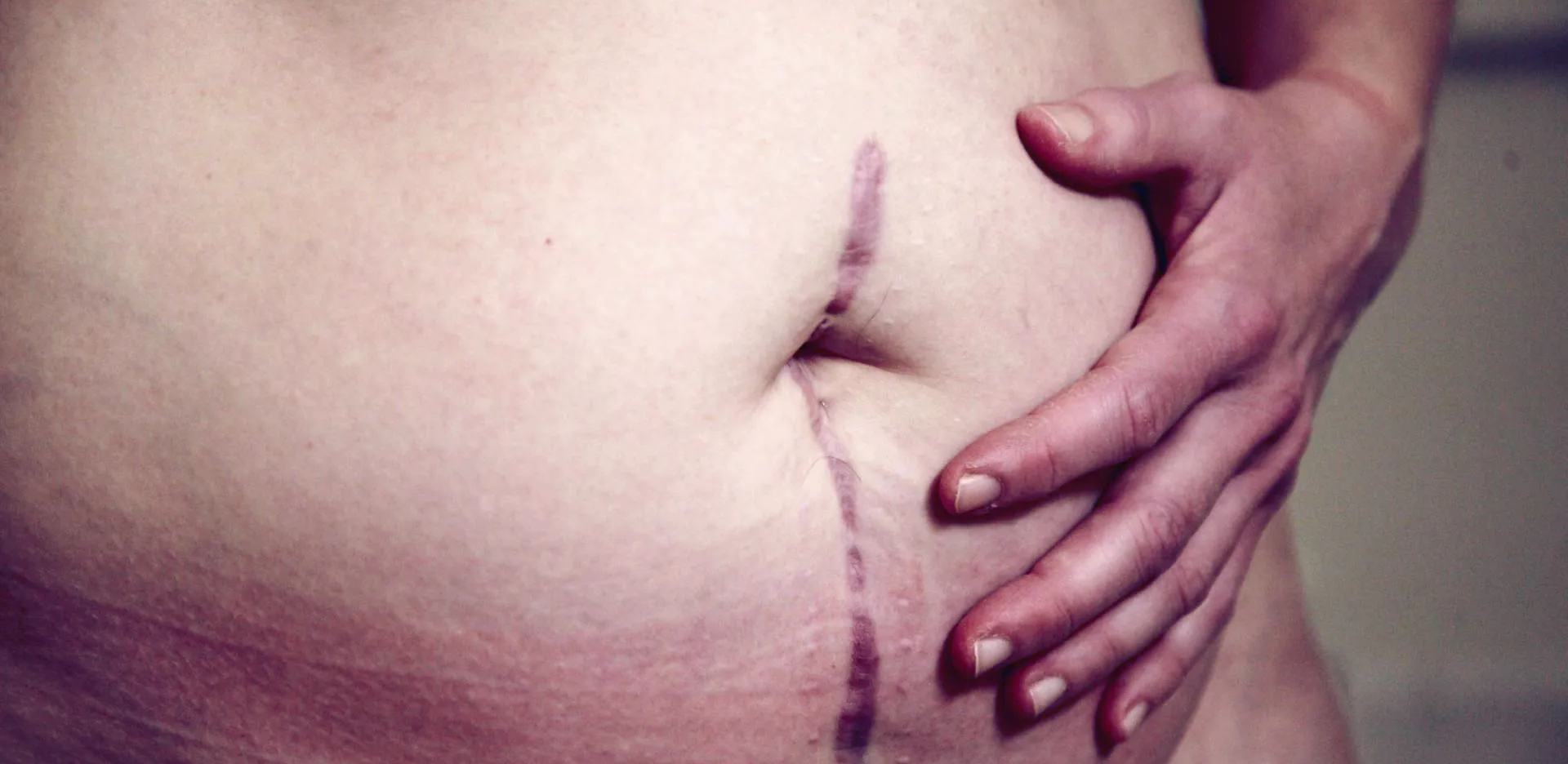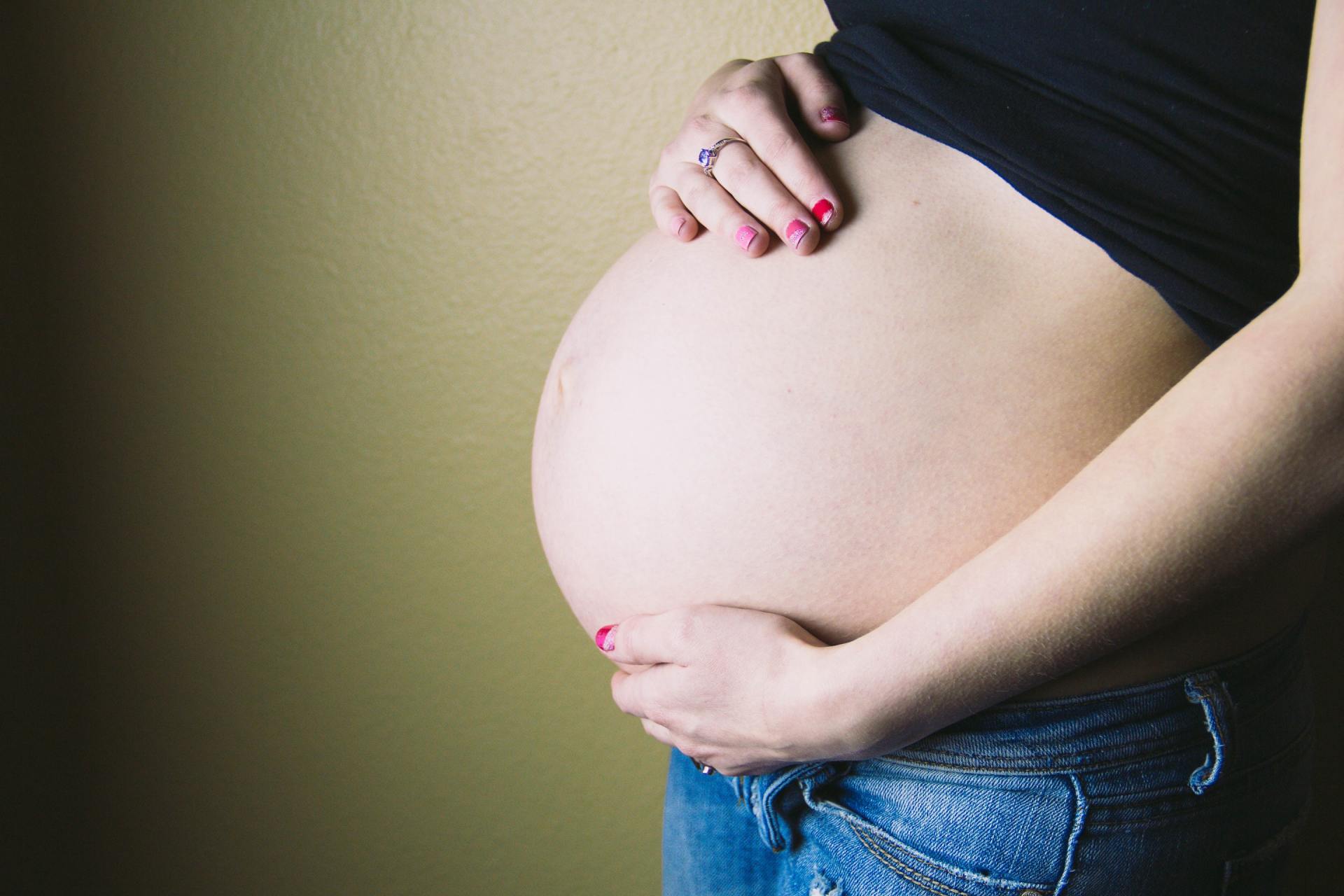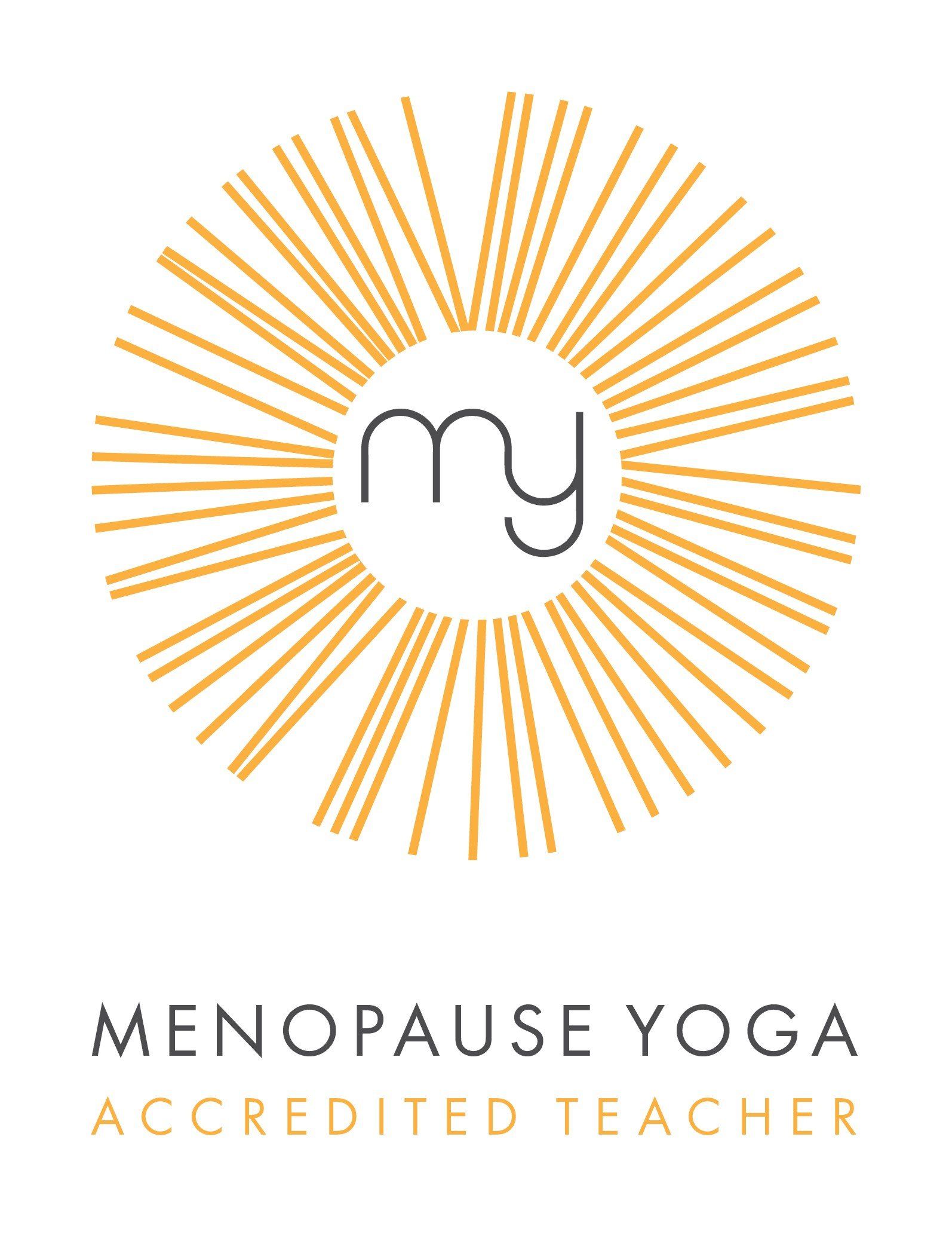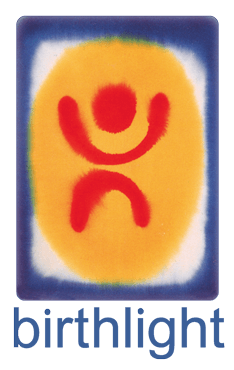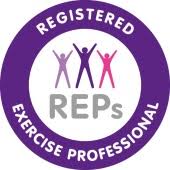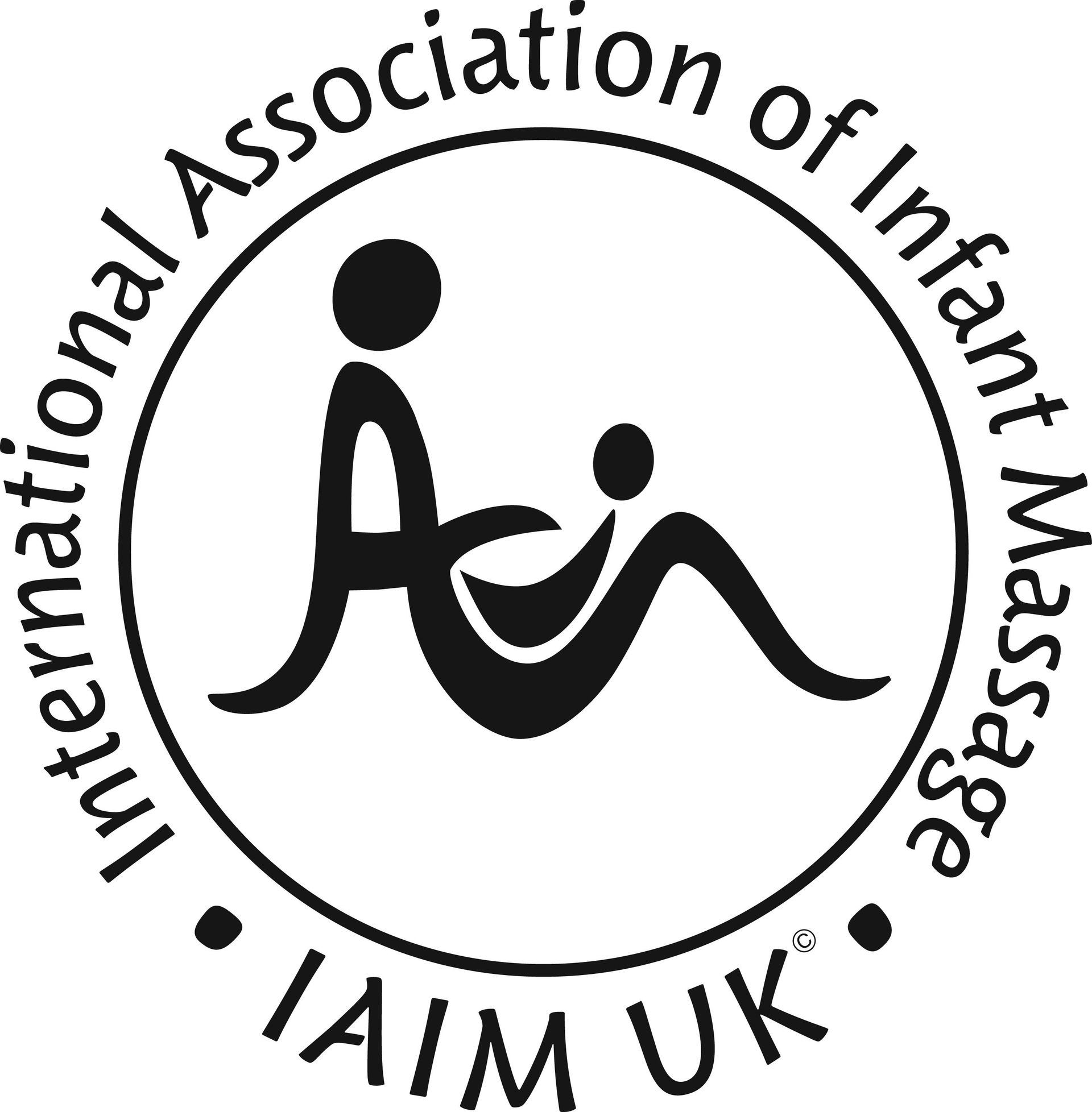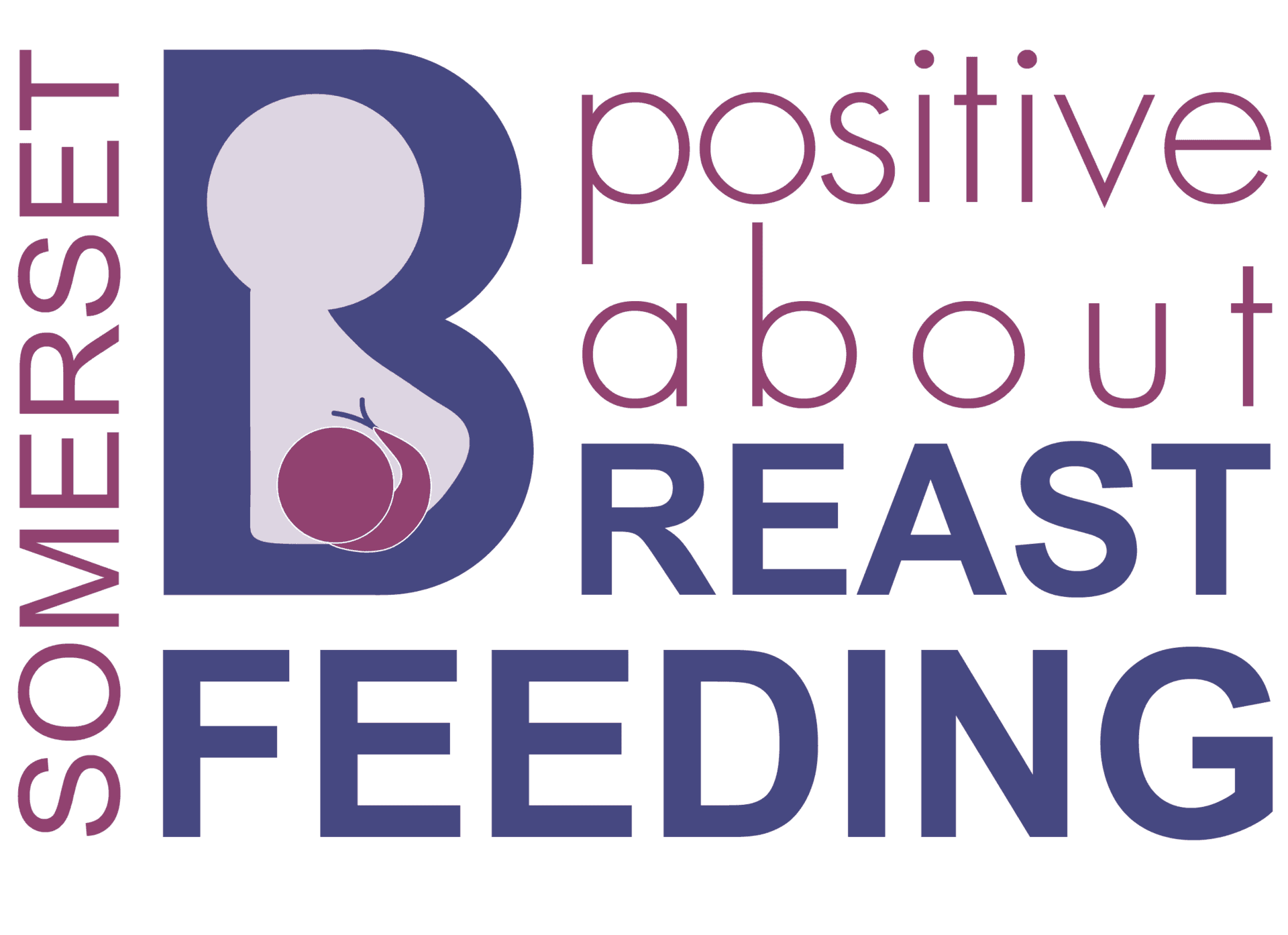Three-Dimensional Breathing For Postnatal Healing
Breathing effectively plays an incredibly important role for efficient core functioning, and specific breathing practices can support the postnatal body to come back into alignment and build and restore the core muscles. When the core muscles are in optimal condition the body feels balanced, stable and feels at ease.
When the core muscles are not functioning well, they can cause:
• Incontinence
• Pelvic prolapse
• Back pain
• Pelvic girdle pain and
• Diastasis recti (separation of the abdominal muscles)
We often think of the core muscles as only meaning the pelvic floor muscles – and indeed these are important as they form the bottom of the bowl of the core muscle group. The pelvic floor muscles attach to the front, sides and back of the pelvis forming a muscular bowl that supports the organs above it – namely the bladder, the uterus and the rectum. The other three core muscles include the transverse abdominals in the front of the body, the small multifidus muscles on wither side of the spine and diaphragm below the ribs. While I won’t discuss the psoas muscle at the moment – it also has a role to play in pelvic health and stability.
Three-dimensional breathing is a breathing technique that can support the strengthening and function of all of these muscles in the core group and is a great place to begin your journey to postnatal recovery. This stabilising breath is also ideal to use during gentle and appropriate exercise such as Postnatal Yoga.
The following breathing exercise is suitable to do as soon as you feel comfortable and ready postnatally. You may initially just want to do the first three steps until your body is feeling less tender and a little more recovered.
With out lifting the ribcage up and forward have a full breath into the lower part of the lungs. As you breath in feel the ribcage expand all the way around the front back and sides like an umbrella opening (allowing the diaphragm to flatten). As the ribcage opens, feel a gentle soft filling of the belly and visualise the pelvic floor softening and relaxing. Your belly and ribs should be moving in unison with 70% of the air directed towards your lower ribs. Breath like this for a few breaths, allowing the shoulder to float away form the ears on the exhale.
Now as you exhale and the ribs are descending and the belly is drawing in, begin to draw up the pelvic floor. Start with an easy contraction (squeeze) at the anal opening – like your trying to not pass wind- and continue to gently squeeze and lift the pelvic floor. Use nice slow breaths. Remember to soften through the belly and pelvic floor muscles on the inhale.
Getting the hang of it? Fabulous! Now, as you breath out through pursed lips feel the abdomen gently draw the belly button in as the ribcage descends all the way around like an umbrella closing (allowing the diaphragm to round up). The belly button should be drawing in and moving slightly up. Have a few breaths in this way while you explore the movements and sensations.
This is a progressive next step. As you’re drawing up the pelvic floor begin to notice a tightening across the lower abdomen – this is your transverse abdominals, and a small contraction in the lower back on either side of the spine – this is the multifidus. The light engagement of these muscles complete the core contraction of this three-dimensional breathing practice. It is a light contraction which you can feel if you put your hands on the inside of the hip bones. A visual cue for this contraction could be the hip bones coming closer together
Practice Anytime
Once you get your head around it, this three-dimensional breathing practice can be done using a gentle normal breath, once you have the hang of it, it’s wonderful to do during any quiet moment while laying down, sitting, standing, or even while out walking with the push chair.
